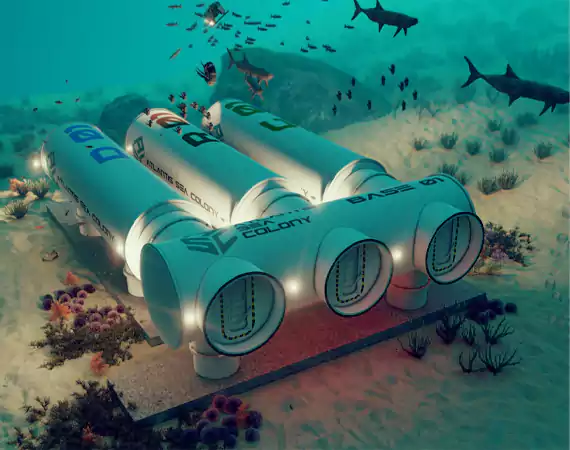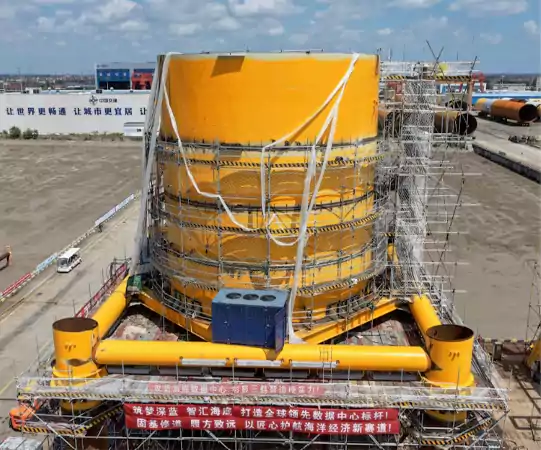
China has begun tests of undersea data centers as part of a groundbreaking innovation in green infrastructure meant to greatly lower the energy needs of cooling powerful AI servers. Especially off the coast of Shanghai, the test projects aim to use the natural cooling of the sea to reduce energy use by up to 90%.
Heat management is one of the main problems for data centers; estimates show some 40% of their power is spent on cooling systems. China hopes to use cooler seawater currents to disperse heat naturally by positioning server modules under the surface. Engineers participating in the project anticipate a sharp drop in cooling energy. Estimates from Highlander Apparel, the company behind the Shanghai project, hold that underwater activities might cut cooling energy consumption by almost 90%. Over 95% of their energy is intended to come from sources like offshore wind to support this, therefore driving the underwater pods mostly by renewables.

Setting servers underwater offers a number of technological challenges. Saltwater is famously corrosive; thus, strong sealing methods and protective coatings are needed. A maintenance elevator shaft links to a segment above water; the steel capsule treated with glass-flake coatings helps to reduce corrosion. Linking the underwater plant to terrestrial networks is another worry.
Strong fiber or cable connections from the underwater data center to the shore create intricacy in reliability and routing. Although the idea is appealing, the global data center expansion effect on human health is mostly unknown. Ongoing heat expulsion into ocean water may influence marine life, especially in ecologically vulnerable areas or in times of high ocean temperatures.
Furthermore, despite earlier studies, such as Microsoft’s Project Natick in Scotland, which have proved that undersea data centers may be feasible, those were limited-scale research initiatives as opposed to fully commercial deployments. With possible customers including China Telecom and state safety artificial intelligence companies, China’s present test in Shanghai aims to be among the first commercial-grade undersea centers.
